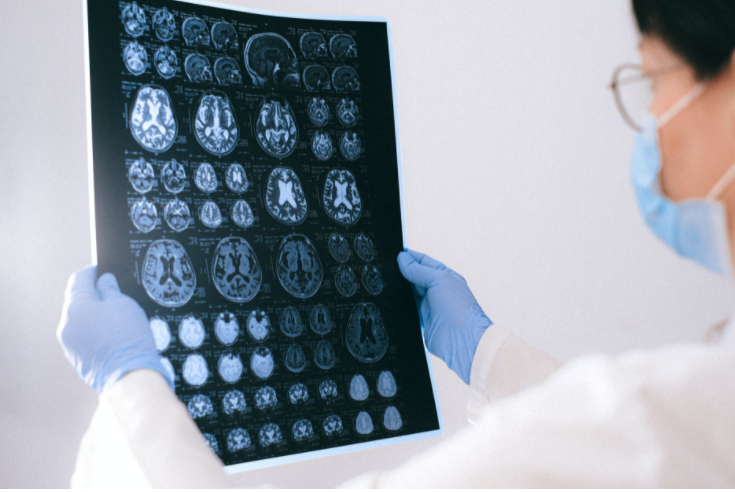
A highly detailed brain map was unveiled by an international consortium that consists of hundreds of scientists. The map shows the area that controls the movement of a person.
Brain Map Brings Hope to Alzheimer's Treatment
The new human brain map shows the location and function of hundreds of cell types. These cells can also be found in the motor context in mice and monkeys, according to NPR.
The report made by the scientists that consist of 17 studies can be found in the journal Nature.
The new research is expected to help scientists create models of brain diseases like ALS and Alzheimer's, and it is expected to help then create a treatment for it.
The scientific findings also gave evidence that some cells thought to be vulnerable to these diseases are different in humans than in animals.
John Ngai, the director of the National Institutes of Health BRAIN Initiative, stated that it is important to understand how things go wrong so they can understand the basic principles of the project.
The National Institutes of Health BRAIN played a vital role in organizing and funding the brain map project.
Ed Lein, a senior investigator at the Allen Institute for Brain Science in Seattle, who is part of the consortium, said that this massive effort that required research teams from numerous labs and institutes to work together and it represents a new way of doing science.
Aside from developing a treatment for ASL and Alzheimer's, the scientists are also working on detecting Alzheimer's early on, with the creation of VR as one of the first steps.
Also Read: Experimental Alzheimer's Vaccine Could Prevent Half Of All Cases, Says Study
Parts List for the Brain
The project is part of the Cell Census Network operated by the BRAIN Initiative, according to NCBI.
The project launched a $250 million effort to make a parts list for human and animal brains back in 2017. More than 250 scientists on three different continents are expected to get involved.
Ngai stated that some problems are so massive and complex that it does require hundreds of scientists to get into the project.
The first step was to create an exhaustive inventory of the types of cells in human and animal brains.
According to Hongkui Zeng, the director of the Allen Institute for Brain Science, in order to understand how the system works, it is important to get a parts list of that system.
Dozens of scientists classified single cells b studying the genes, shape, connections, and electrical properties.
The result was a list that had 14 major categories of cells and more than 100 different types.
The next step was to create a map for each species, showing where these parts are found in the motor cortex. The project needs to chart the whole brain.
The project has shown some of the studies and technology that scientists need to reach their goals. One involves finding a way to study the brain tissue in humans that is still alive.
Samples from Brain Surgery
Several labs that are involved in the project had made an arrangement with local hospitals in order to get healthy brain tissues. The tissues are removed by surgeons themselves to reach a tumor or other proper areas.
Lein stated that the healthy tissues that they get could be used in live experiments so they can understand the properties of cells better.
By transferring the tissue from the operating room straight to the lab, scientists were able to study it in real-time. They were also able to compare the human brain cells with those that are found in animals.
Since the cells are similar, the scientists are working on studying them and creating treatments for the diseases that they may find in certain areas.
Earlier this year, a drug for Alzheimer's is showing promise, yet it does not prove that it can treat the disease entirely.
Related Article: Simple Blood Test Could Be Used To Diagnose Alzheimer's A Decade Before It Manifests
This article is owned by Tech Times
Written by Sophie Webster









